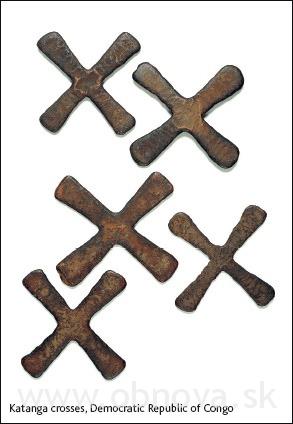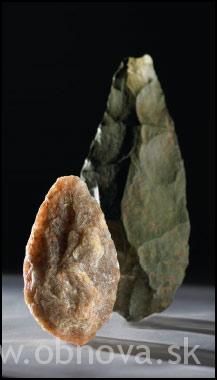Collector Božena KOUTNÍKOVÁ (1876 – 1942)

We have long forgotten the Koutníks, an elderly couple, who had lived in Čelákovice since the beginning of the thirties of the twentieth century. They had moved from the town of Most to the rather quiet town of Čelákovice situated near Prague in 1931. They had chosen a house in the villa quarter near the railway station to spend their retirement. Božena Koutníková (*1876 in Nová Paka +1942 in Čelákovice) had thus made her dream come true to live in the Elbe region that attracted her by its nature and especially by its famous citizens. Božena Koutníková was a musical pedagogue and art historian, she knew seven languages and was interested in art and all related subjects since her youth. During her whole life, she concentrated on artistic objects and especially on textile materials. She also studied vintage clothing starting from ancient times up to the modern period. This was reflected in her interest in collecting, that was encouraged by her husband. She used to say that she was collecting the crumbs that had fallen from the rich table of folk art and art in general…
As the collection shows, she concentrated mainly on Bohemia, Moravia and Slovakia. However, she also visited a number of other countries and collected interesting and valuable objects there. The collection therefore also comprises objects from Germany, Italy, France, Austria, The Netherlands, Spain, Dalmatia, Bulgaria and India.
When Karel Koutník died in 1958, his son Emil Koutník, who had lived in Prague at that time, offered a part of the collection to our museum. It was a collection of lace, embroidery and other textiles, comprising more than 1,200 items and some 100 3-D objects (china, glass and several pieces of historical furniture). This donation has notably enriched the collections of our museum.
Božena Koutníková’s heritage is a valuable contribution for the Čelákovice museum from the historical and handicraft point of view. It is also a major evidence of the history of Czech textile creation. Only in the past few years has the lace collection become more appreciated by the expert public. The museum (Městské múzeum v Čelákovcích) has decided to organise an accompanying exhibition from the collection on the occasion of the World Lace Congress that will be held in Prague in July 2004.


